|
We created these turtles for the first time late last school year, and I knew they had to be in the Night of the Arts this year. They are adorable and the kindergartners loved their turtles and the process for making them.
On the first day of this lesson, we made green, and more green, and more green until the paper plates (buy the thick ones!) were filled. Some students took their time and delicately painted every speck, taking nearly the entire forty-five minute class period. I don't want to rush anyone when they are working so well, so we do the printing during the next class. I try to do this lesson after other printing lessons to build on those skills. During the second day of making the turtles, we also trace the shapes for the legs and head. We draw the eyes with oil pastels and cut and glue the pieces to finish up the turtles on the third day of the lesson. And then if we have a few extra moments, I let them play with their sweet turtles, because what five or six year old wouldn't want to?
0 Comments
This is one of the lessons that I absolutely love teaching, and first and second graders love embroidery! First grade explores with the materials until they fill the space. Second grade follows along a heart I traced on the 5x5in piece of burlap and then completes the artwork with their own designs.
On the first day, students learn how to get the yarn on their needle (Paper hot dog! Put the yarn inside and slide it through the eye of the needle) and how to make stitches in a line. On the second day, I allow students to use the yarn boxes and I teach them how to sew on beads. Some classes take four weeks on this project, others need five or six. For managing yarn, I have had no issues with using a plastic yarn box. I keep two boxes and have tons of colors for students to choose from, because new colors each week is quite exciting. Getting a new piece of yarn is easy: students simply pull the yarn to the tape on the bottom of the cabinets and cut at the top line. If the yarn does get stuck, students know to just come get me and it's usually an easy fix. I keep scissors on top of the boxes, so no one is walking around with them. To start the project, I have students take a piece of pre-cut yarn to help reduce the amount of new procedures. Exciting things are happening in preparation for our 5th Annual Night of the Arts! Third grade created a mural for the first time last year, and that was displayed at the event. This year, we are getting kindergarten involved, too!
Third grade has been working hard to paint this mural of the Ichetucknee River and kindergarten has made turtles who will soon be living in it! I drew out the waves and the grasses and students worked together to fill in the pieces and to create patterns. I finished it up by painting the black lines. Recently, I had the agent at our county's University of Florida IFAS extension office come to talk to third grade students about aquatic plants since we had been painting this local river. This may just be my favorite new project from this school year! Third grade made these beautiful painted paper leaves in the fall and we displayed them at the county fair art exhibit and outside the classroom for our Fall Festival. And then we hung them inside the art room to show them off for a bit longer!
Kindergarten students made heart prints around Valentine's Day. We did this last year, but we decided to take the lesson a step further to incorporate tracing, cutting, and gluing skills and sewing! I was inspired by some of Cassie Stephens' lessons and decided to tackle yarn with kindergarten! I thought it would be a great introduction to sewing before first grade when we sew on burlap with yarn and a plastic needle. These hearts turned out beautifully and I will be displaying them at the kindergarten Mother's Day breakfast later this year. Fourth and fifth grade students made these beautiful pumpkins back in October and November. This was our big painting project of the year and took just over a month to complete.
To start, we discussed works by artist Romero Britto and how they made us feel. We talked about use of pattern with line, color, and shape. Then, we drew HUGE pumpkins on the front and again on the back of our papers. They chose the best one and then we practiced drawing patterns to fill the spaces. I taught a similar lesson where students had complete freedom with colors, but decided to limit this project to a monochromatic color scheme to help encourage students to create more complex colors and to save time. It's much faster to continue to alter colors instead of mixing completely new ones. To finish the pumpkins, students had the choice of painting black lines and/or using black oil pastel. This helped my students to get those tiny details they drew. I was surprised by how many students chose to use black paint for everything, and I was so impressed by their work! I have stressed painting technique from early on with them and I think it is paying off! How gorgeous are these pumpkins? |
Madeleine PinaireI am an ninth year art teacher with degrees in Art Education from Flagler College and the University of Florida, living and working in northern Florida. Each week, I teach over six hundred students in grades kindergarten through fifth. Here you will find what we are learning virtually and in the art classroom! Archives
August 2020
Categories
All
|
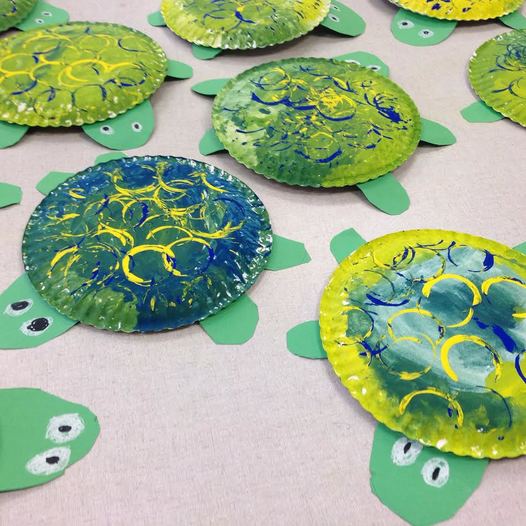
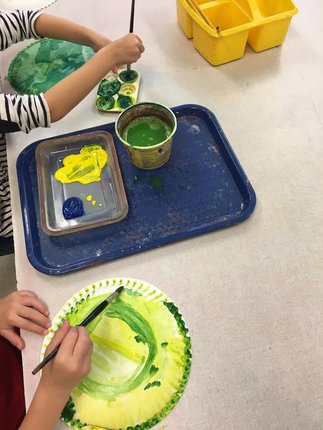
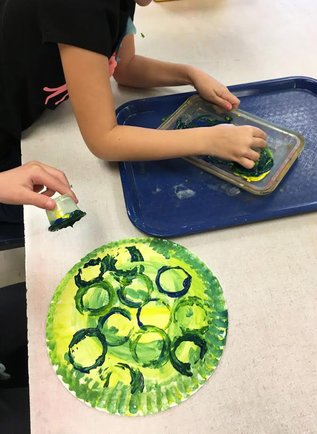
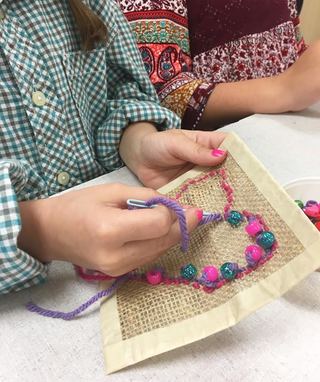
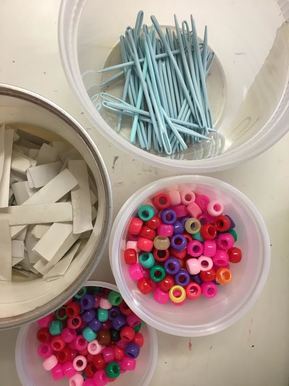
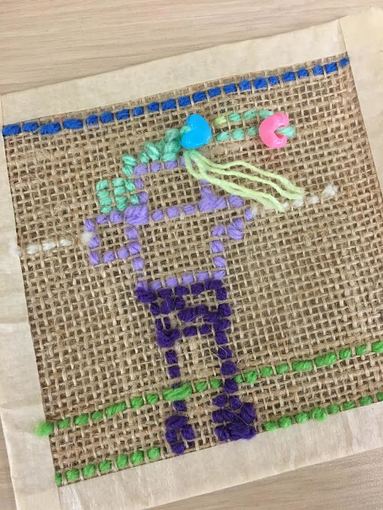
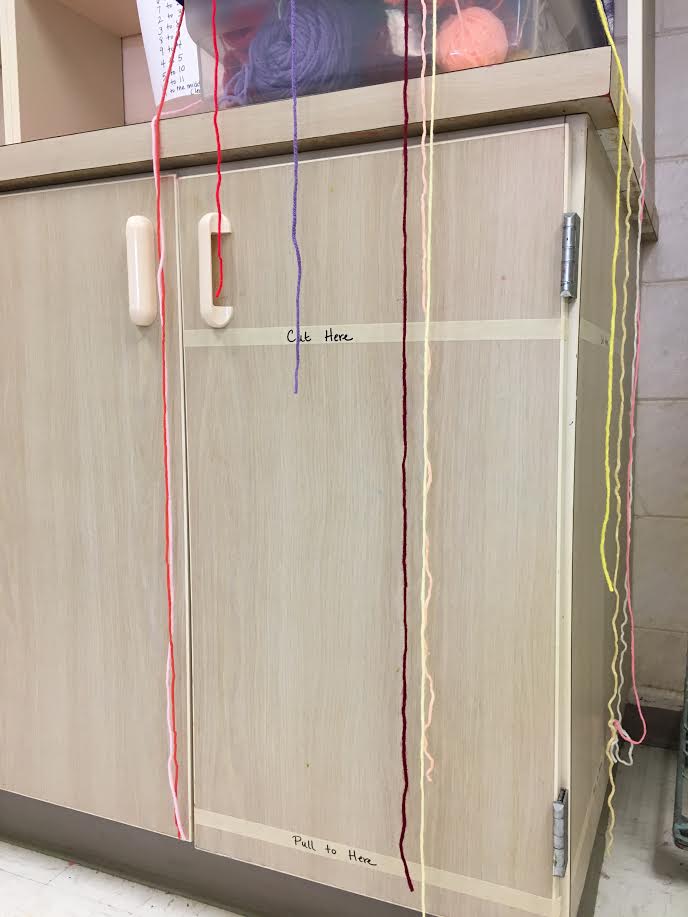
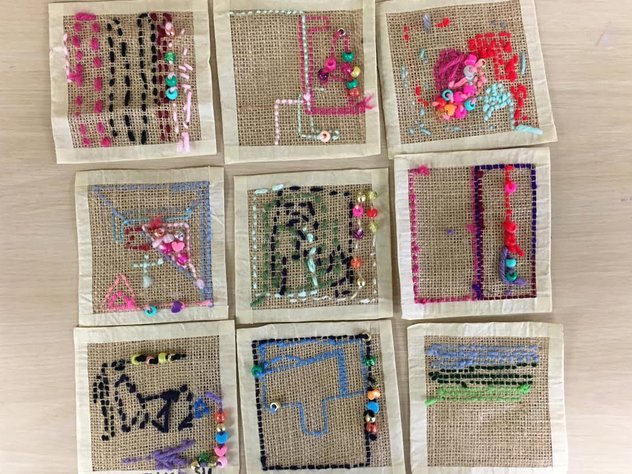
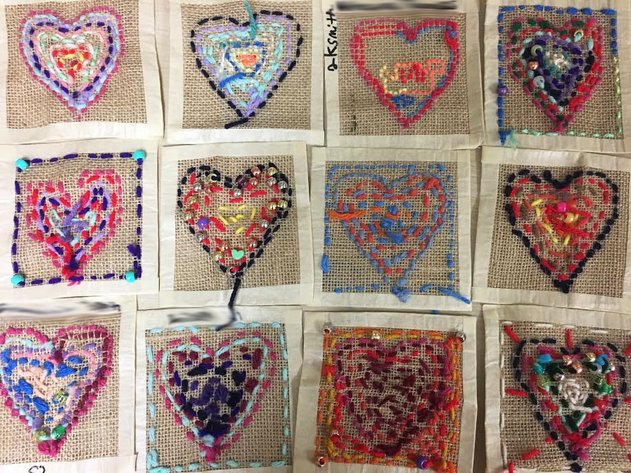
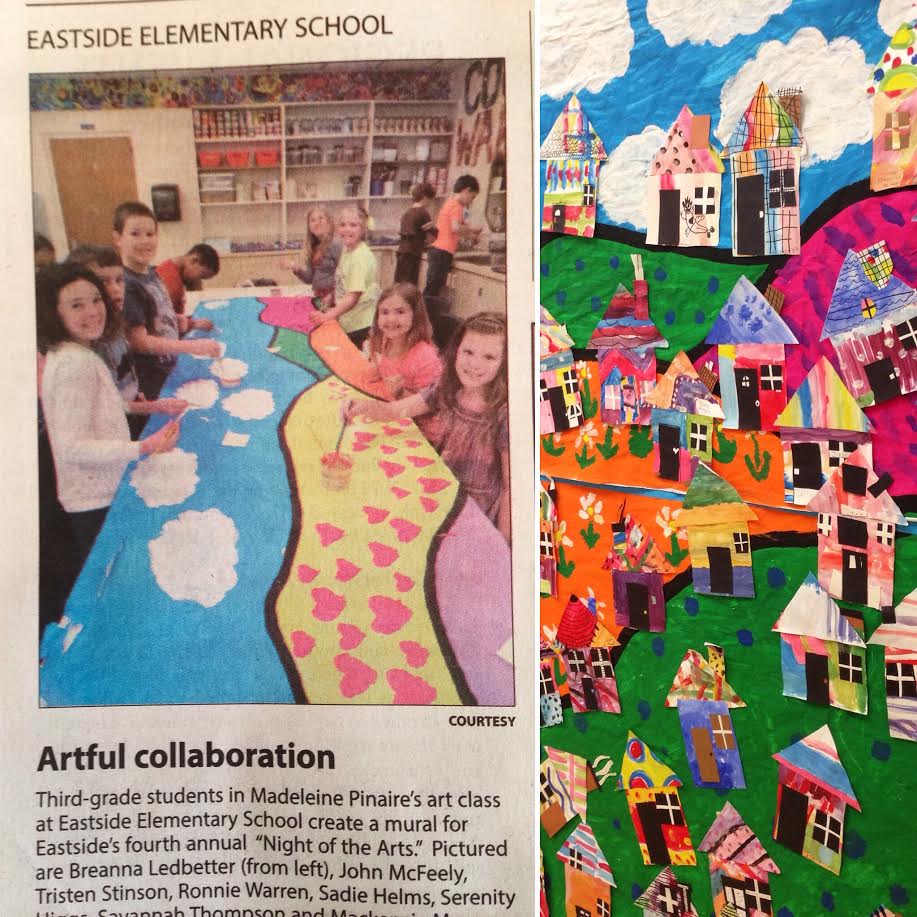
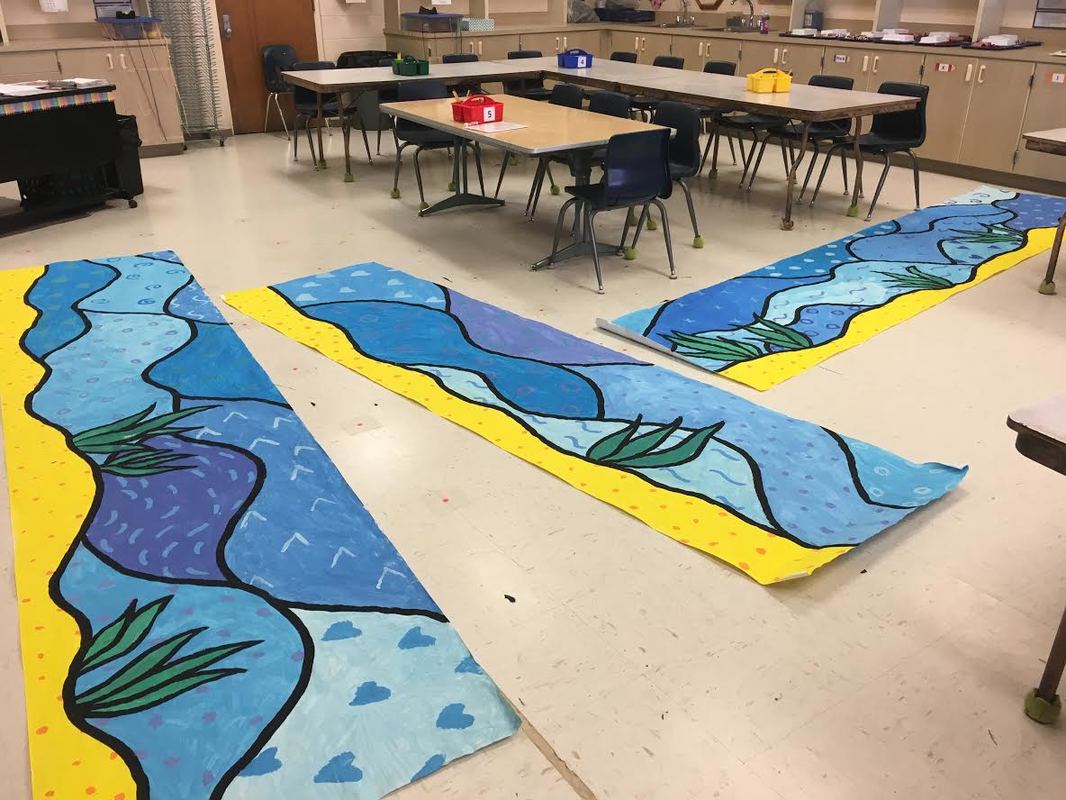
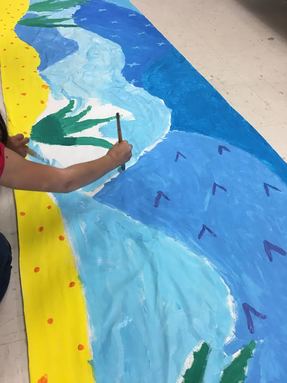
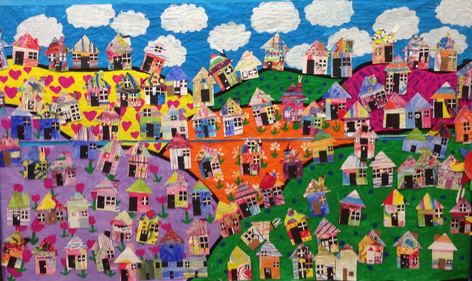
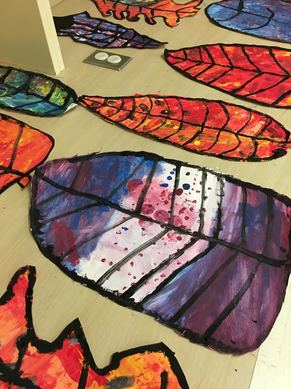
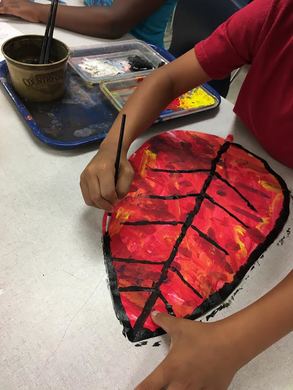
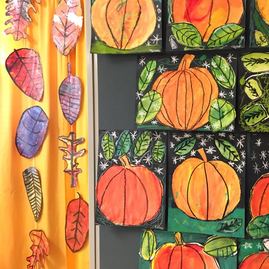
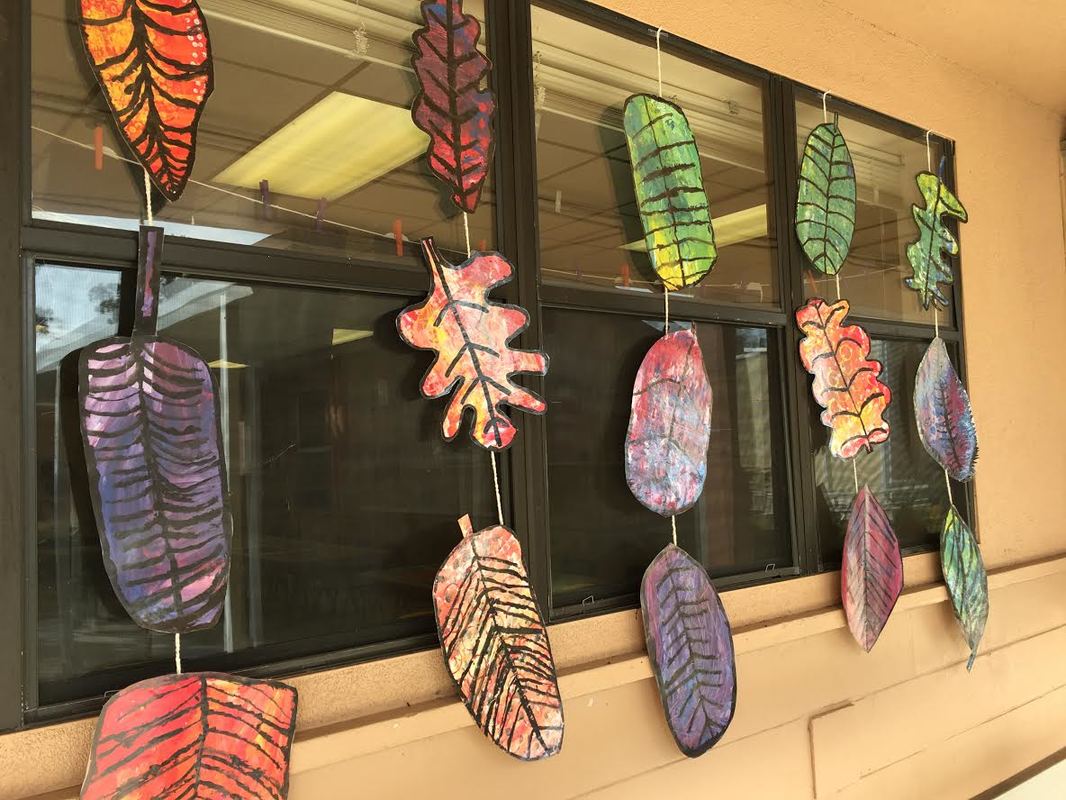
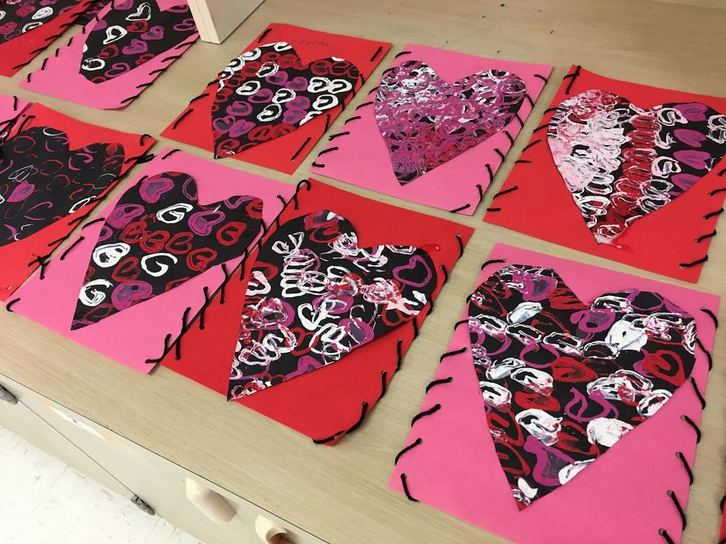
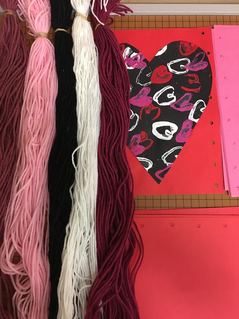
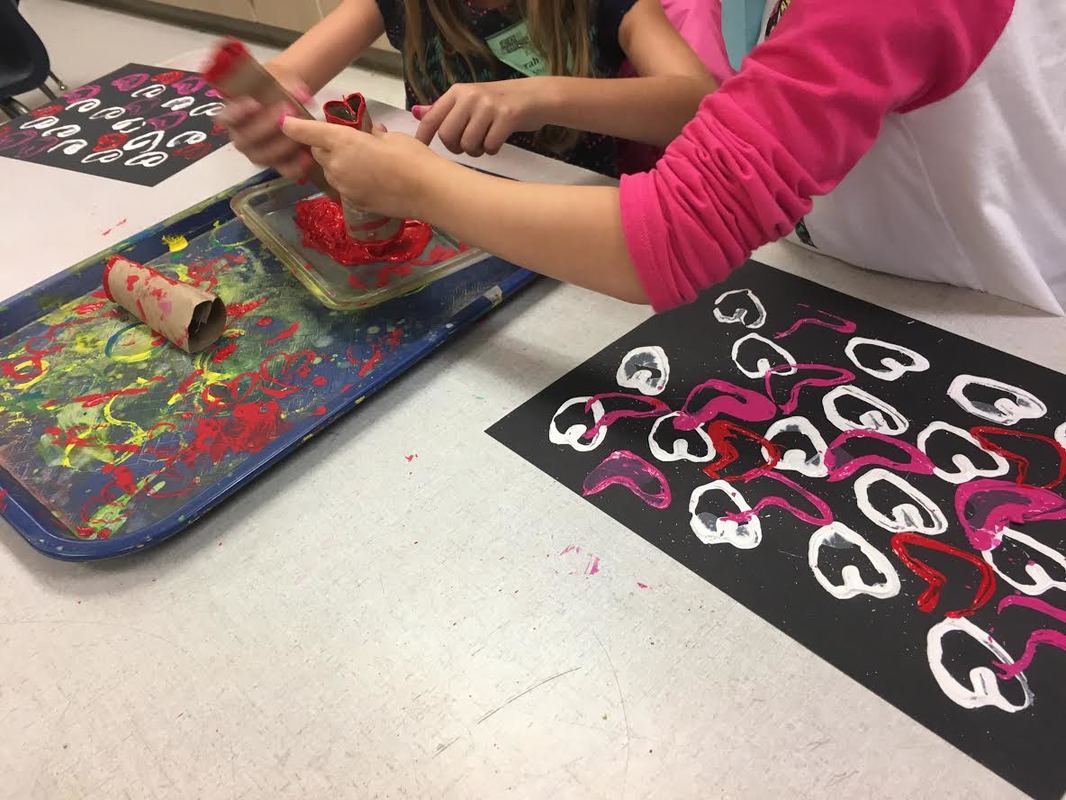
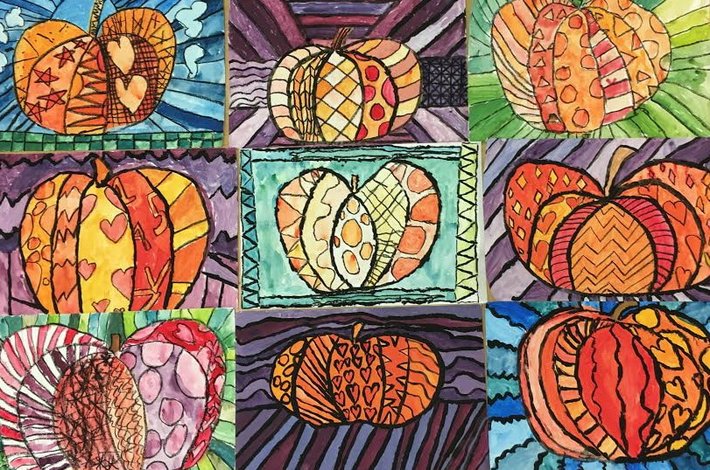
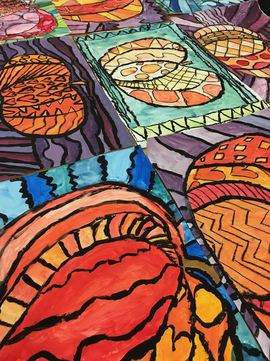
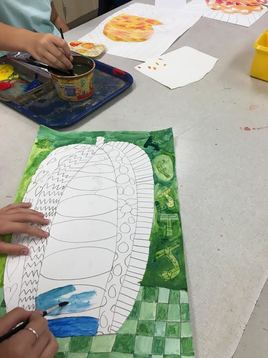
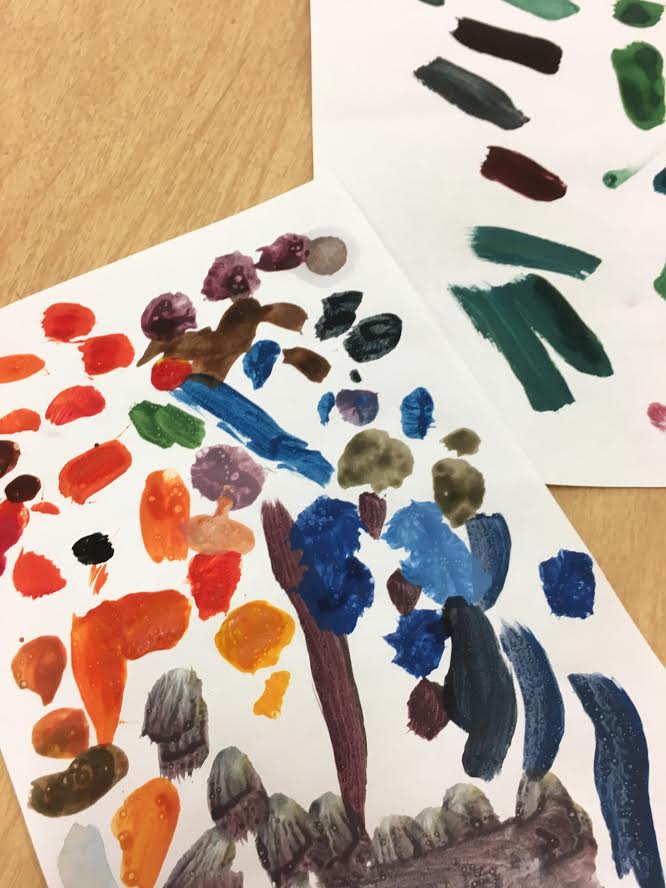
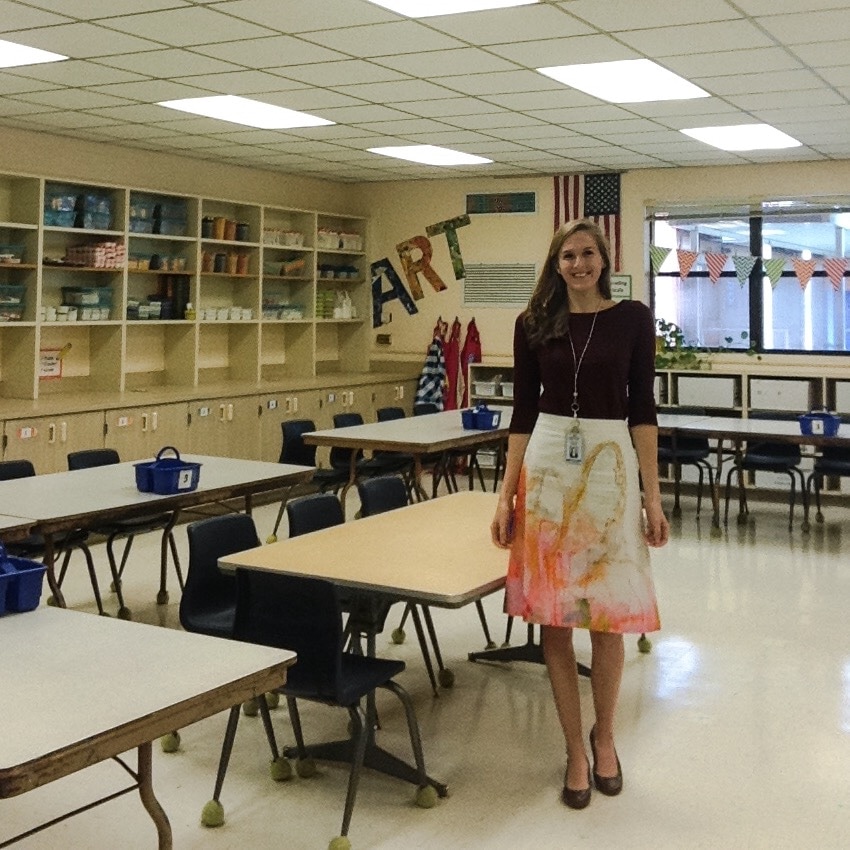
 RSS Feed
RSS Feed
